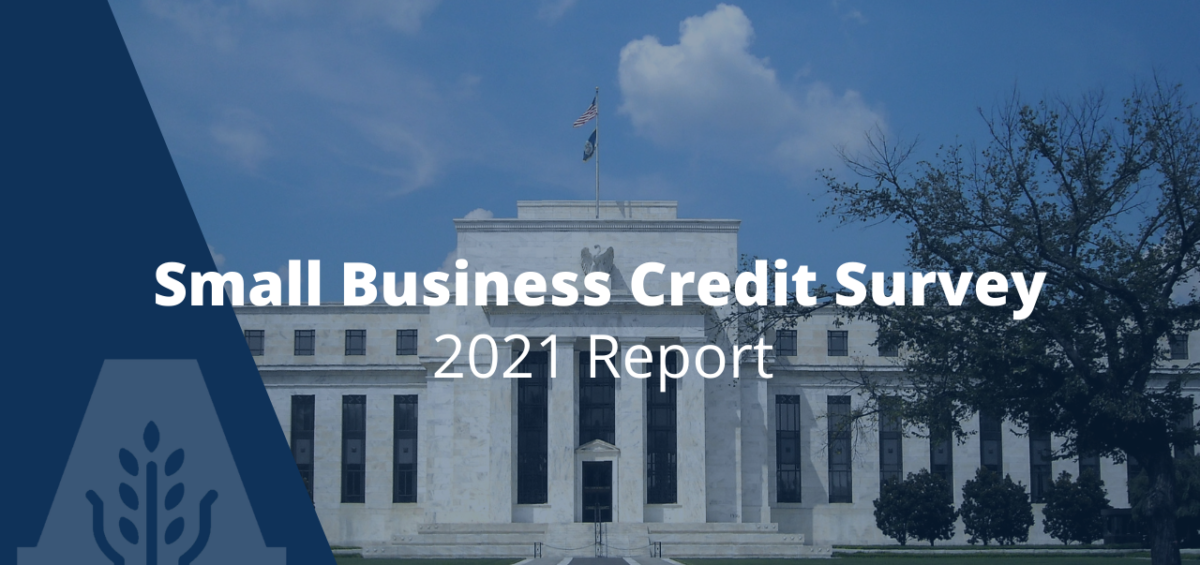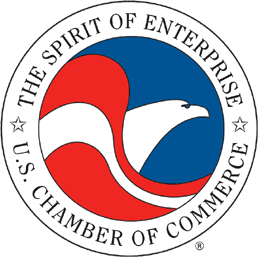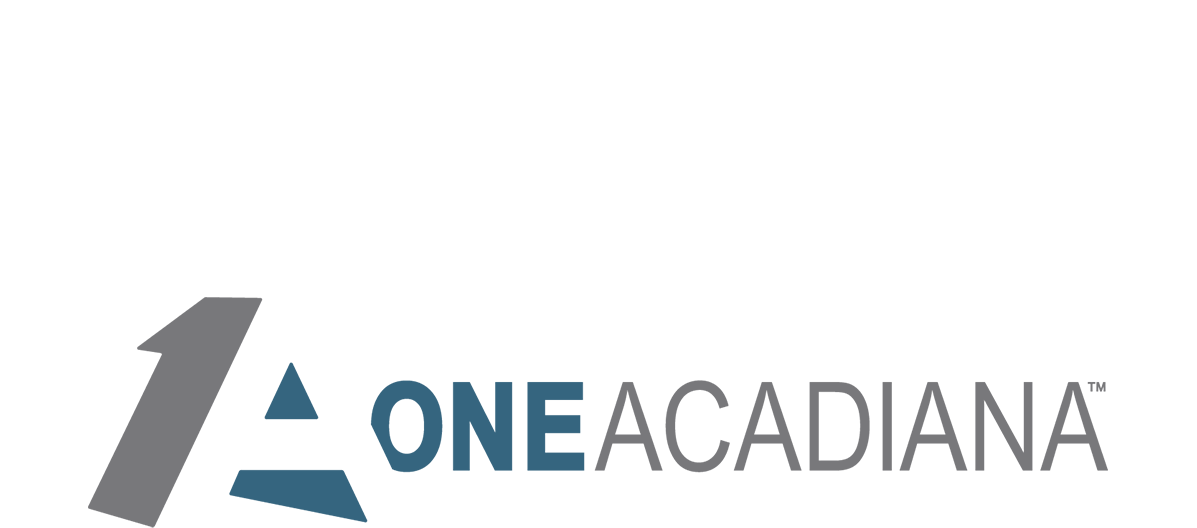In a collaboration among the twelve reserve banks of the Federal Reserve System, the publication of this report seeks to document the toll the COVID pandemic took on small businesses in 2020. At the time the survey was fielded, six months into the pandemic, closures, layoffs, depressed revenue, and uncertainty continued to plague small businesses across the country. Small business debt mounted and business owners plowed their personal savings into their firms to keep them afloat. Our survey focuses on firms with between one and 499 employees that were still in business when the survey was fielded, and not including those that are permanently closed.
The Outlook
For many of the firms that responded, the outlook is certainly strained. Sales for nearly 90% of them had not returned to pre-pandemic levels. The majority of the firms said they would apply for another round of government aid if it were offered, Of those firms, not even 40% expected they be unlikely to survive until sales returned to normal without further government assistance.
Stark disparities were found by the race of business owners. While over half overall characterized their financial condition as “fair” or “poor,” this figure jumped to nearly 80% for Asian-owned firms, 77% for Black-owned firms, and 66% for Latinx-owned firms.
Many of the firms expect that the biggest challenge stemming from the pandemic in the next year will be weak demand, followed by government-mandated restrictions/closures and supply chain disruptions.
The Role of Government Aid
Almost all the small employer firms (91%) applied for emergency funding. 82% of employer firms applied for Paycheck Protection Program (PPP) loans, and 77% of those applicants received all the funding they sought.
Those that received all they requested were less likely to reduce payroll and more likely to rehire laid-off employees than firms that did not receive all they requested. PPP recipients were also more likely to rehire employees they laid off once they received the funds.
Financial Challenges
Nearly every firm surveyed said the pandemic had impacted their business, with a majority expecting 2020 revenue to drop by more than one-quarter. The share of firms that experienced financial challenges in the prior 12 months rose from 66% to 80% between 2019 and 2020.
Among the 80% of firms that experienced financial challenges in the prior 12 months, 62% used personal funds, while 55% cut staff hours or downsized operations.
80% of firms reported that pandemic-related business challenges impacted the owners’ personal finances, with 63% not drawing or reducing their salary and 51% paying business expenses with their personal funds.
Debt and Access to Credit
The number of firms carrying debt increased, as did those with a debt load of more than $100,000. Most owners whose firms experienced financial challenges in the prior 12 months used personal funds to help their businesses.
Nearly 80% of firms had debt outstanding, an increase from 70% in 2019. The amount of debt firms held also increased; the share of firms with more than $100,000 in debt rose from 31% to 44% from 2019 to 2020.
42% of firms that applied for a loan, line of credit, or cash advance sought this funding from a large bank, and 43% turned to a small bank. Firms with lower credit scores turned to online lenders and nonbank finance companies much more often than did their counterparts with higher credit scores.
This article comes from the FED Small Business website, a research and analysis group by 12 Reserve Banks of the Federal Reserve System. To see their complete report, click here.













